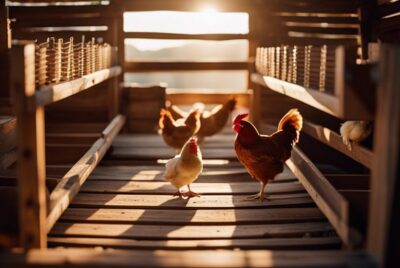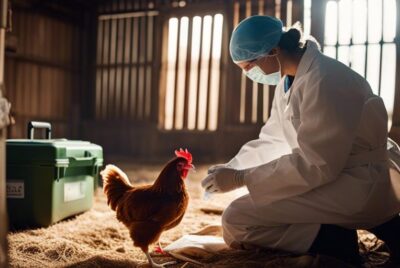Introducing New Chickens – Integration Strategies
Strategies for integrating new chickens into an existing flock are crucial for a smooth transition and harmonious cohabitation in the coop. Whether you’re adding a few new hens or introducing a rooster to the mix, having a well-thought-out integration plan is key to reducing stress and preventing conflicts among your feathered friends. By implementing effective integration strategies, you can ensure that your new chickens are welcomed into the flock with minimal disruptions and establish a pecking order without major upheavals.
Understanding Chicken Behavior
The behavior of chickens can vary greatly depending on their social structure, which is influenced by factors such as breed, age, and the size of the flock. Understanding how chickens interact with each other is crucial when introducing new birds into an existing flock.
Pecking Order and Social Structure
Understanding the pecking order within a chicken flock is essential for successful integration. Chickens have a social hierarchy where each bird knows its place in the flock. This pecking order is established through pecking, chasing, and other dominance behaviors.
When introducing new chickens, it is important to monitor interactions between birds to ensure that the pecking order is being established without causing harm. It is normal for some pecking and chasing to occur as the birds establish their social structure, but excessive aggression should be addressed to prevent injury.
Signs of Stress and Aggression
To ensure a smooth integration process, it is crucial to be able to recognize signs of stress and aggression in chickens. These signs may include feather pecking, injuries, decreased egg production, or changes in behavior such as lethargy or excessive vocalization.
With proper observation and intervention, issues of stress and aggression can be addressed to create a harmonious environment within the flock. It is important to provide enough space, food, and water for all birds to reduce competition and minimize stress during the integration process.
Preparation for Integration
Now is the time to prepare your flock for the introduction of new chickens. This crucial step can make all the difference in a smooth integration process. By taking the necessary precautions and making necessary adjustments, you can help ensure a successful transition for your existing and new feathered friends.
Quarantine and Health Checks
One of the first steps in preparing for integration is to quarantine any new chickens before introducing them to your existing flock. This is a critical biosecurity measure that can help prevent the spread of diseases. During the quarantine period, observe the new chickens for any signs of illness, and consider conducting health checks with a veterinarian to ensure they are in good condition.
Additionally, it’s essential to monitor the health of your existing flock regularly. Before integration, make sure all chickens are up to date on vaccinations and parasite control. This proactive approach can help minimize the risk of disease transmission during the integration process.
Coop and Run Adjustments
Integration of new chickens into your flock can be smoother with appropriate coop and run adjustments. Ensuring that your coop and run have enough space, roosting spots, nesting boxes, and feeding areas can help minimize territorial disputes during the integration process. Providing multiple feeding and watering stations can also help reduce competition and aggression among chickens.
It is crucial to clean and disinfect the coop and run before introducing new chickens. This precaution can help reduce the risk of disease transmission and create a clean environment for all birds. Additionally, consider adding extra hiding spots or barriers within the coop and run to give chickens a chance to escape if needed during the integration process.
Integration Strategies
Not all chickens get along right away when introduced to a new flock. It’s important to have strategies in place to ensure a smooth integration process. Here are some effective integration strategies to help your new chickens integrate with your existing flock seamlessly:



